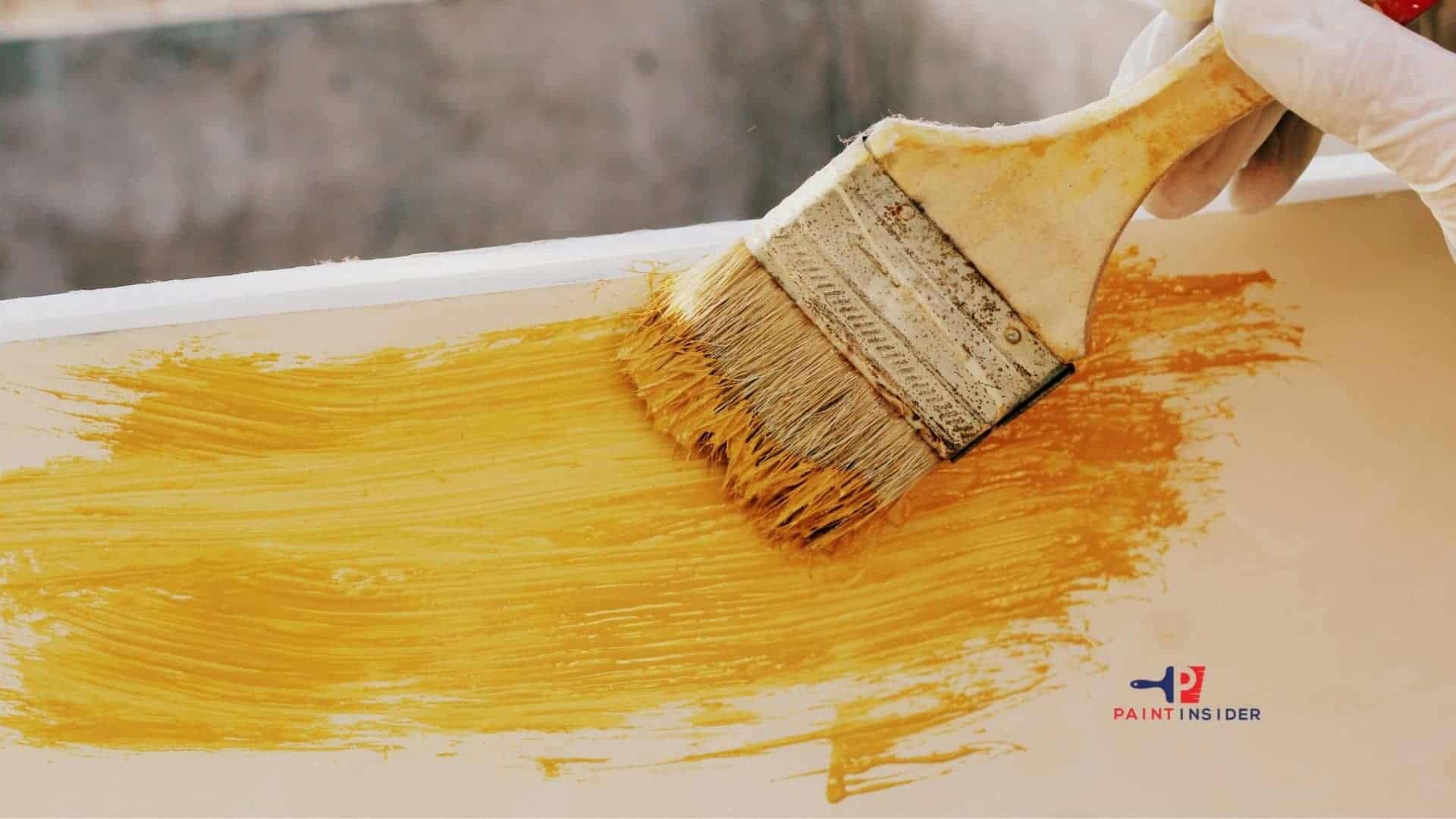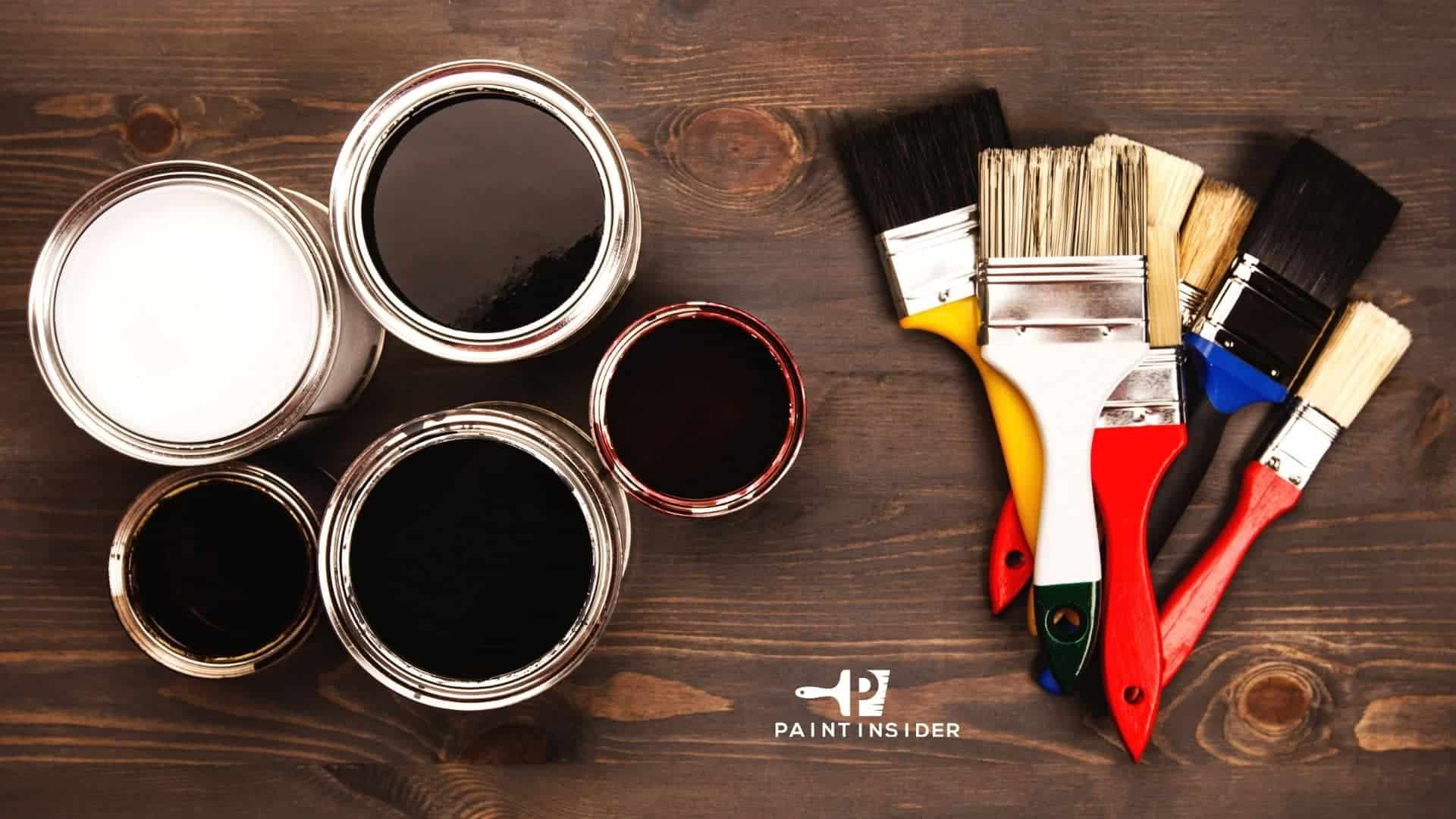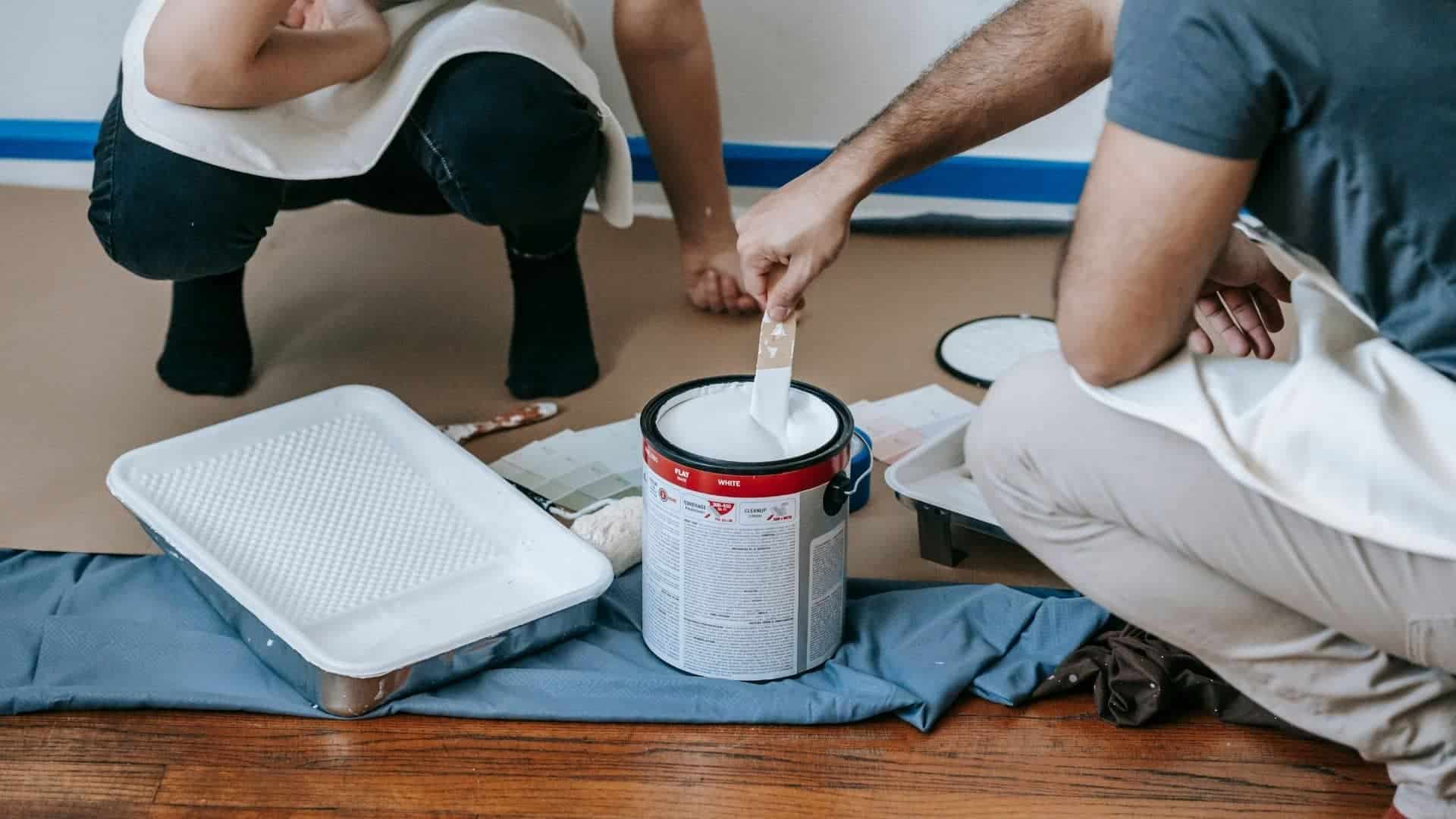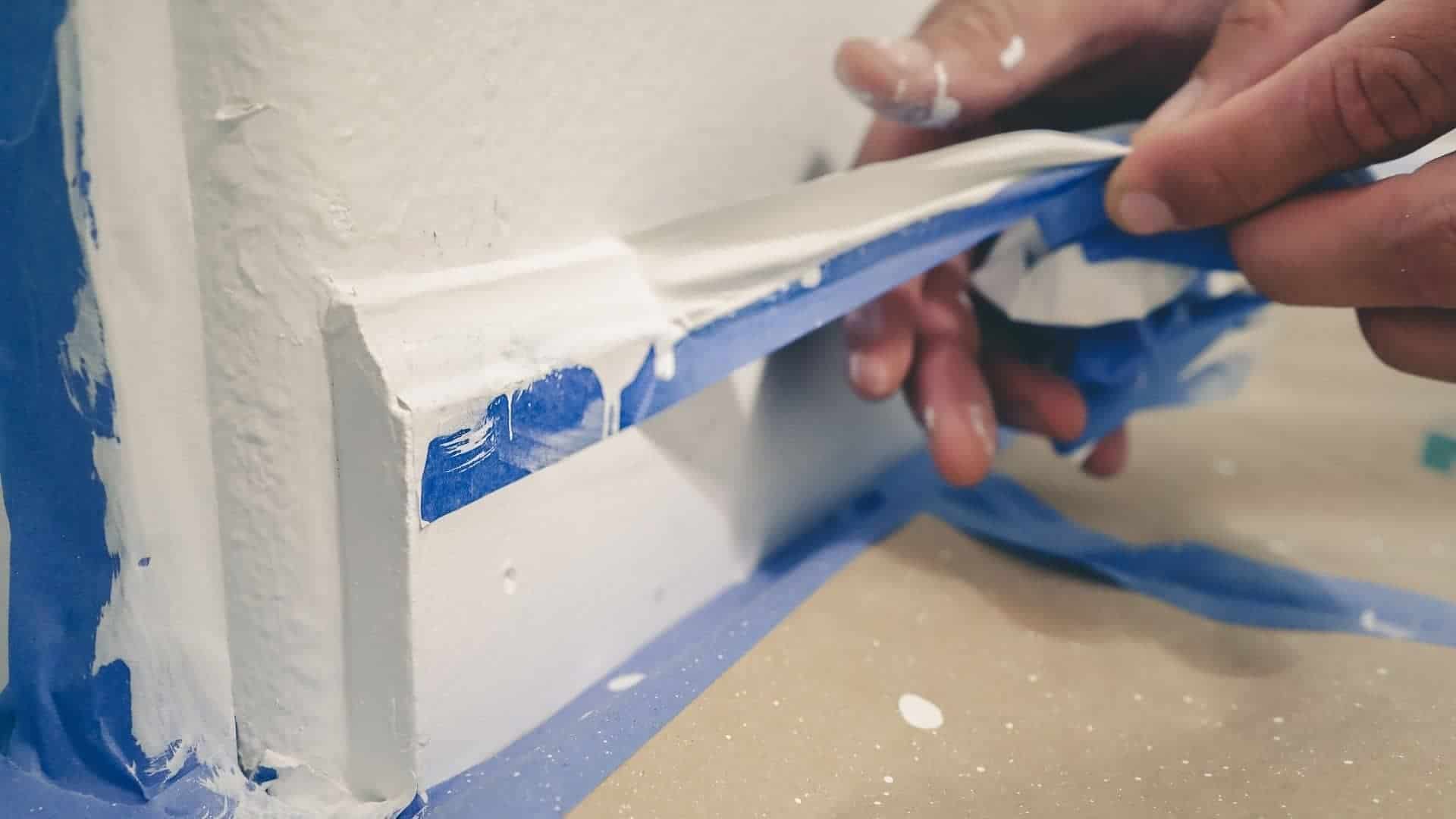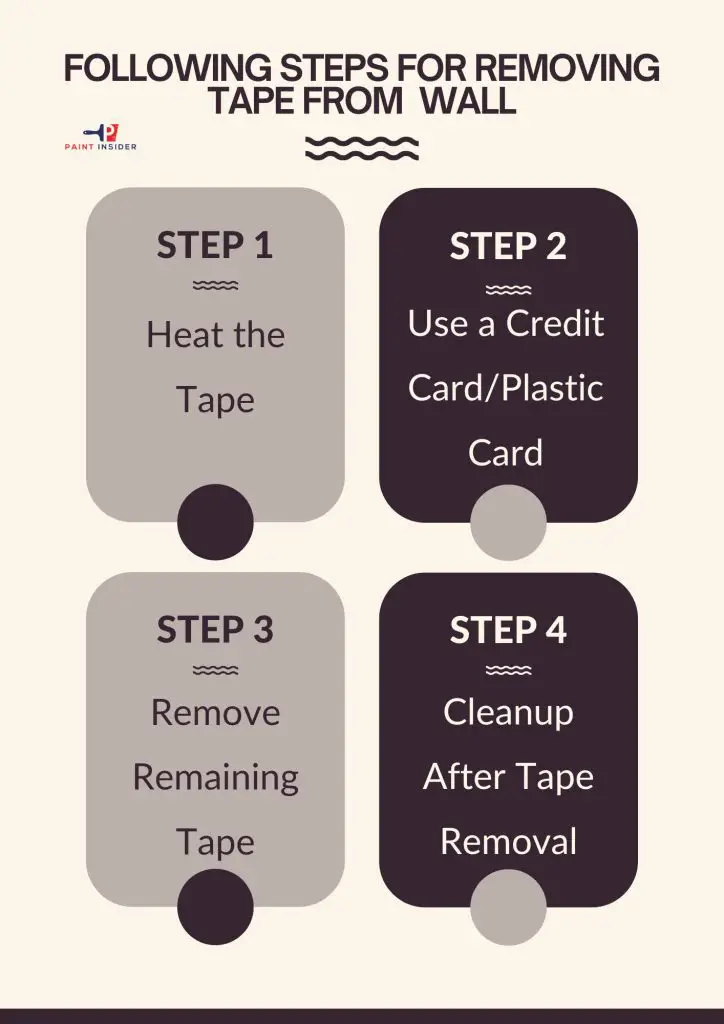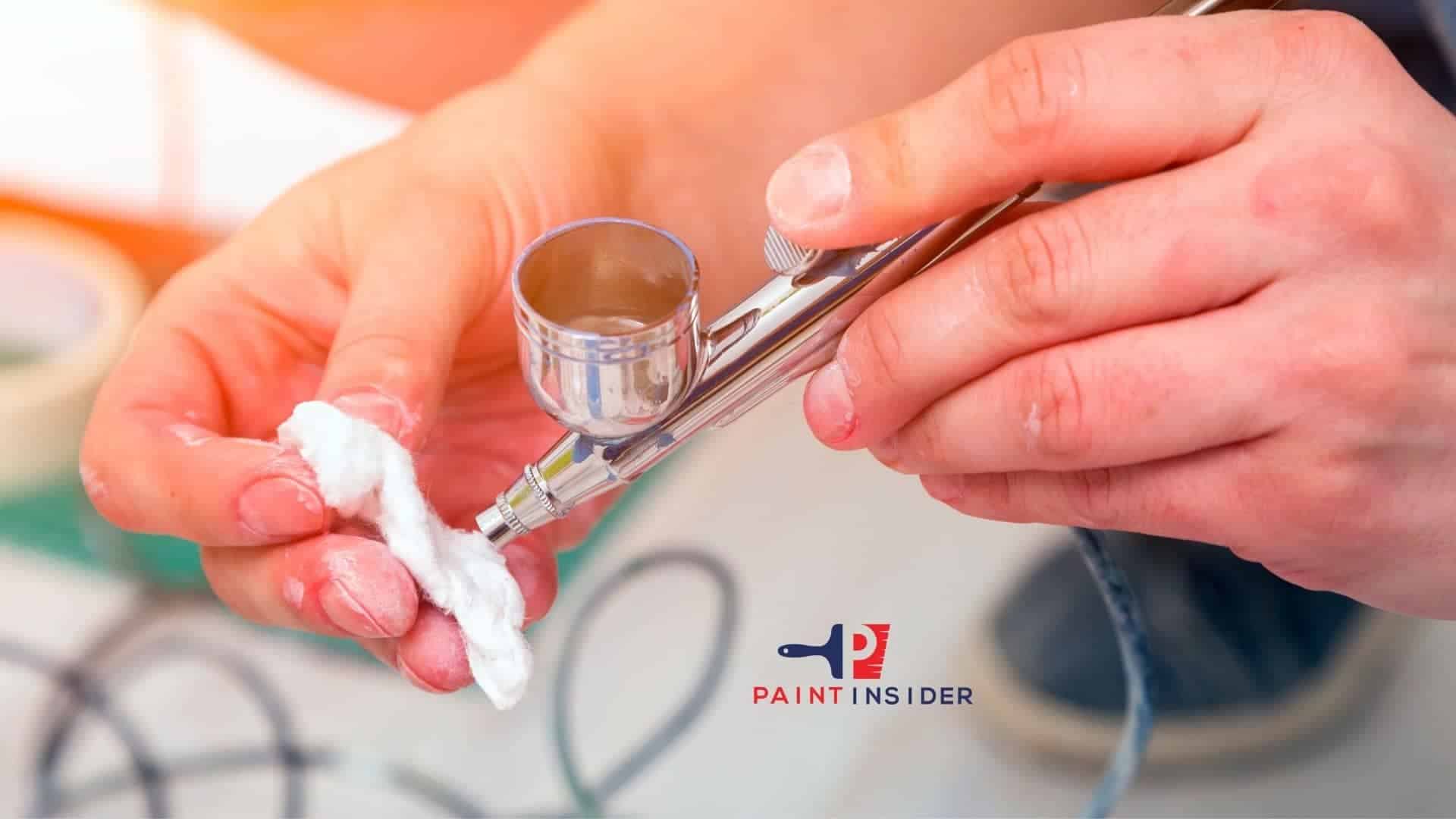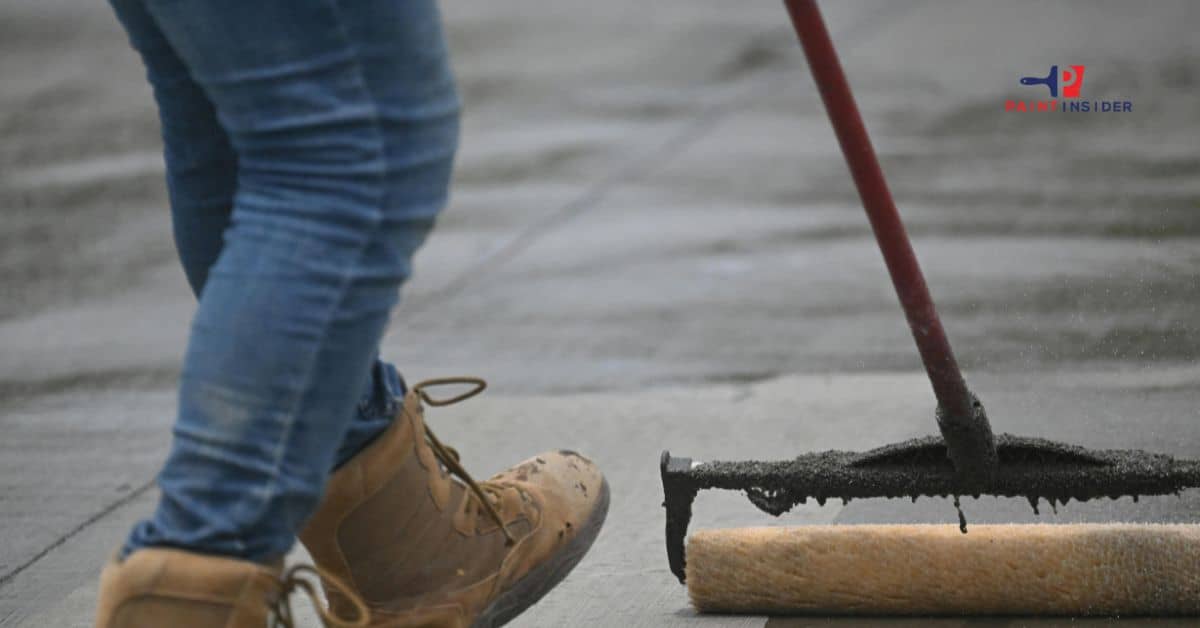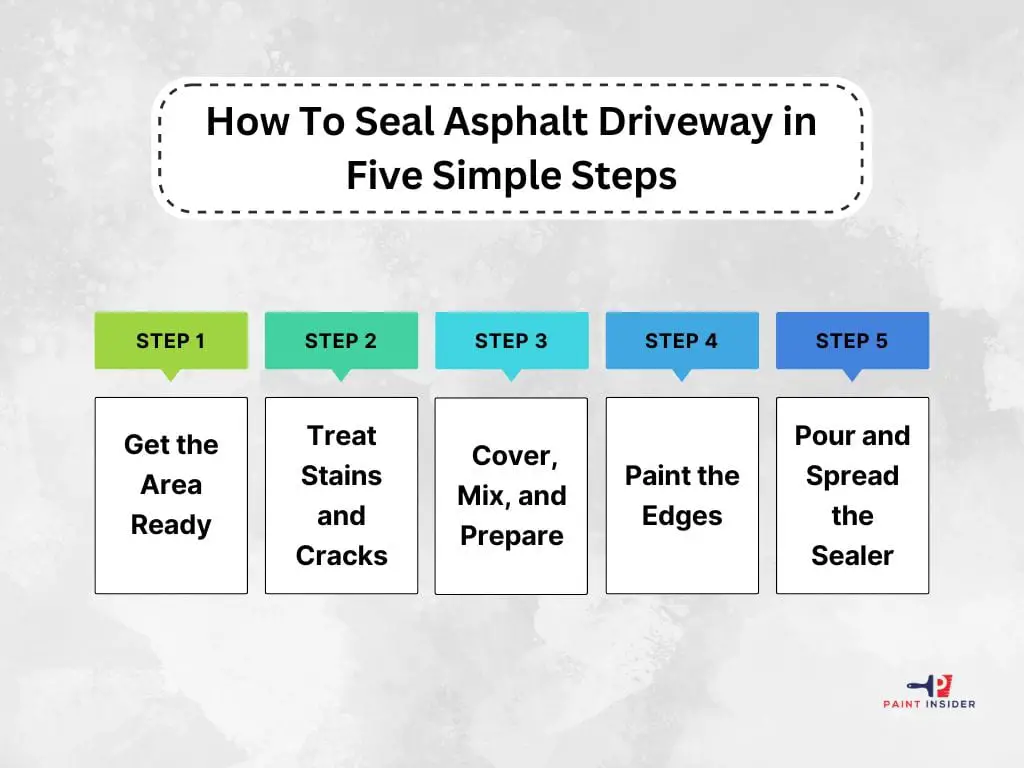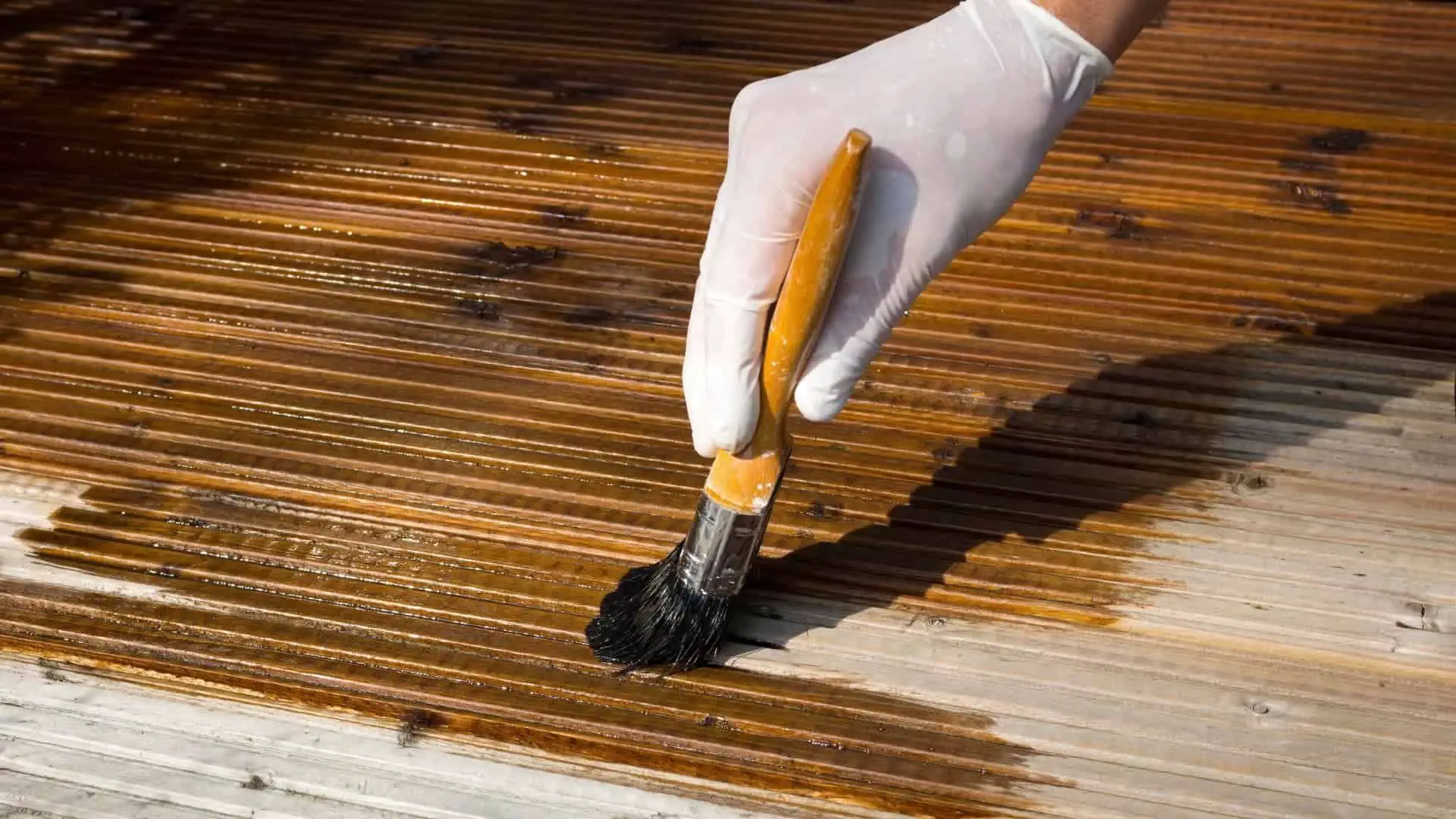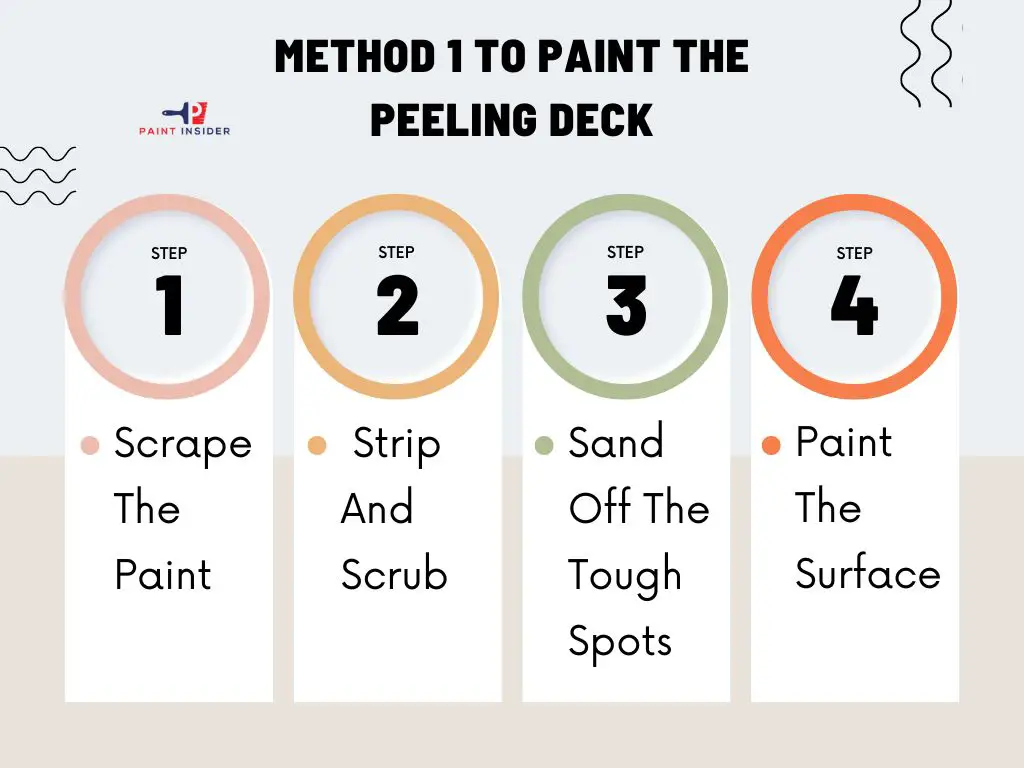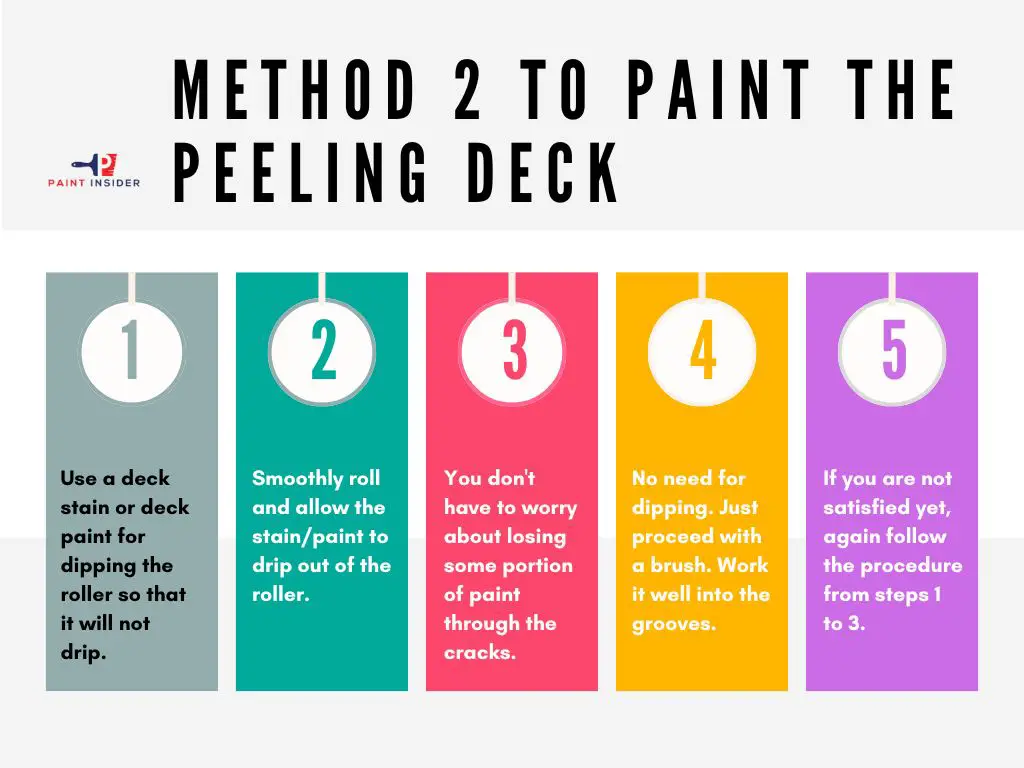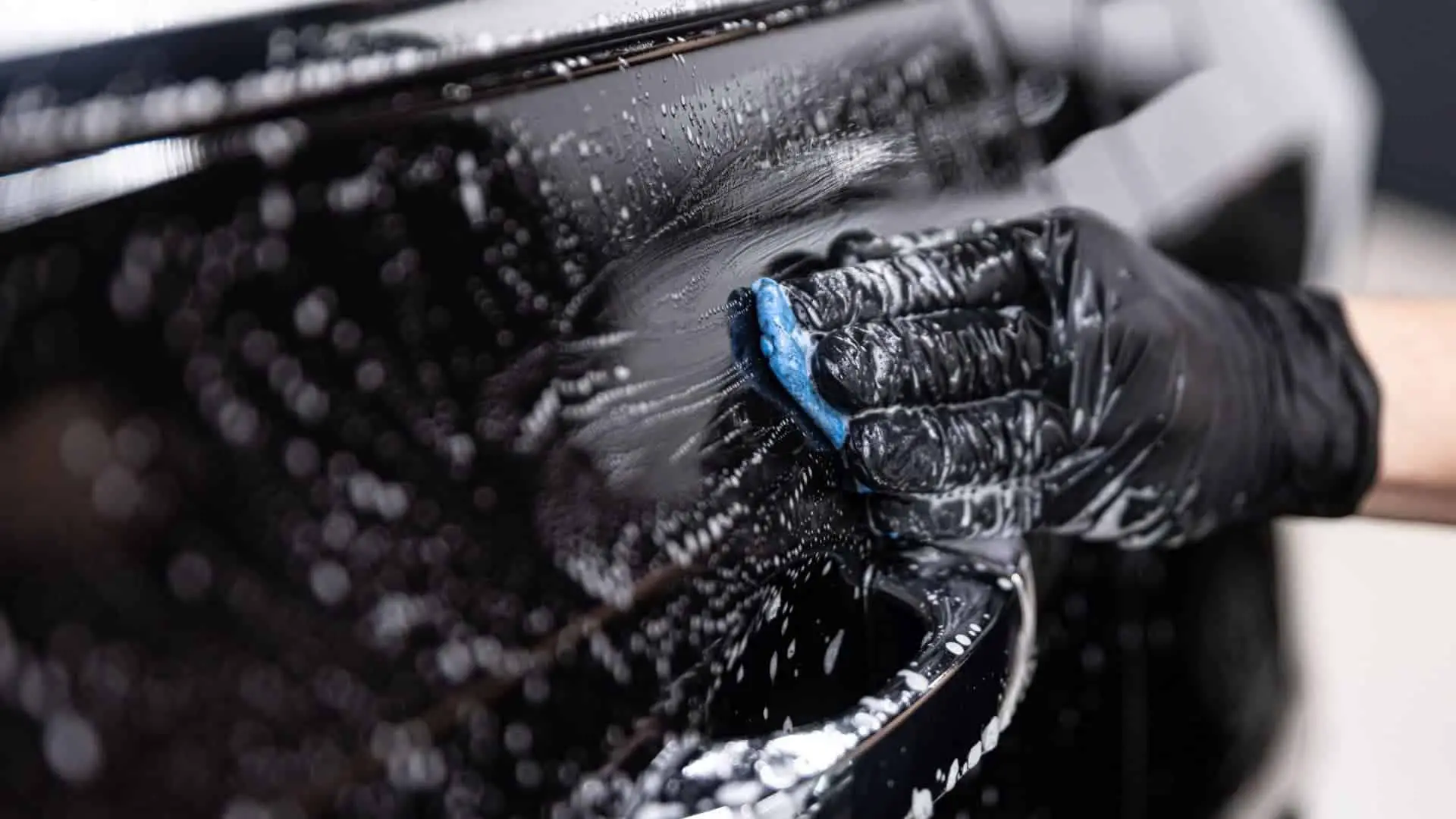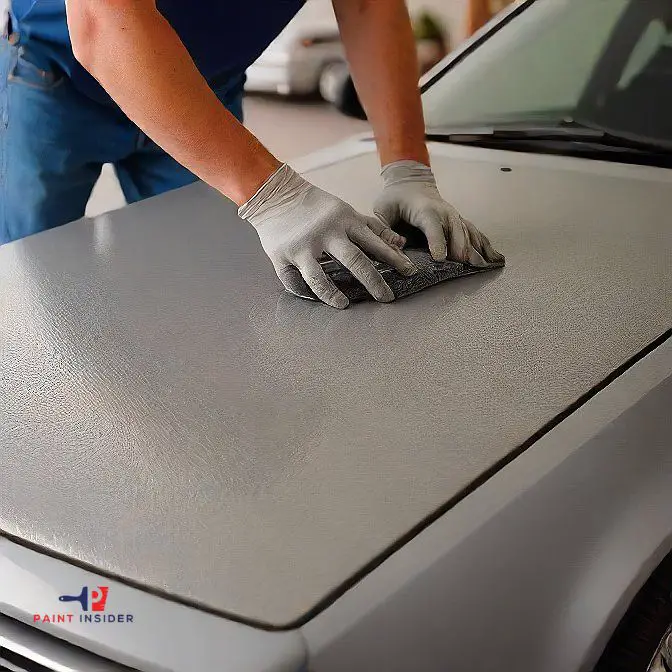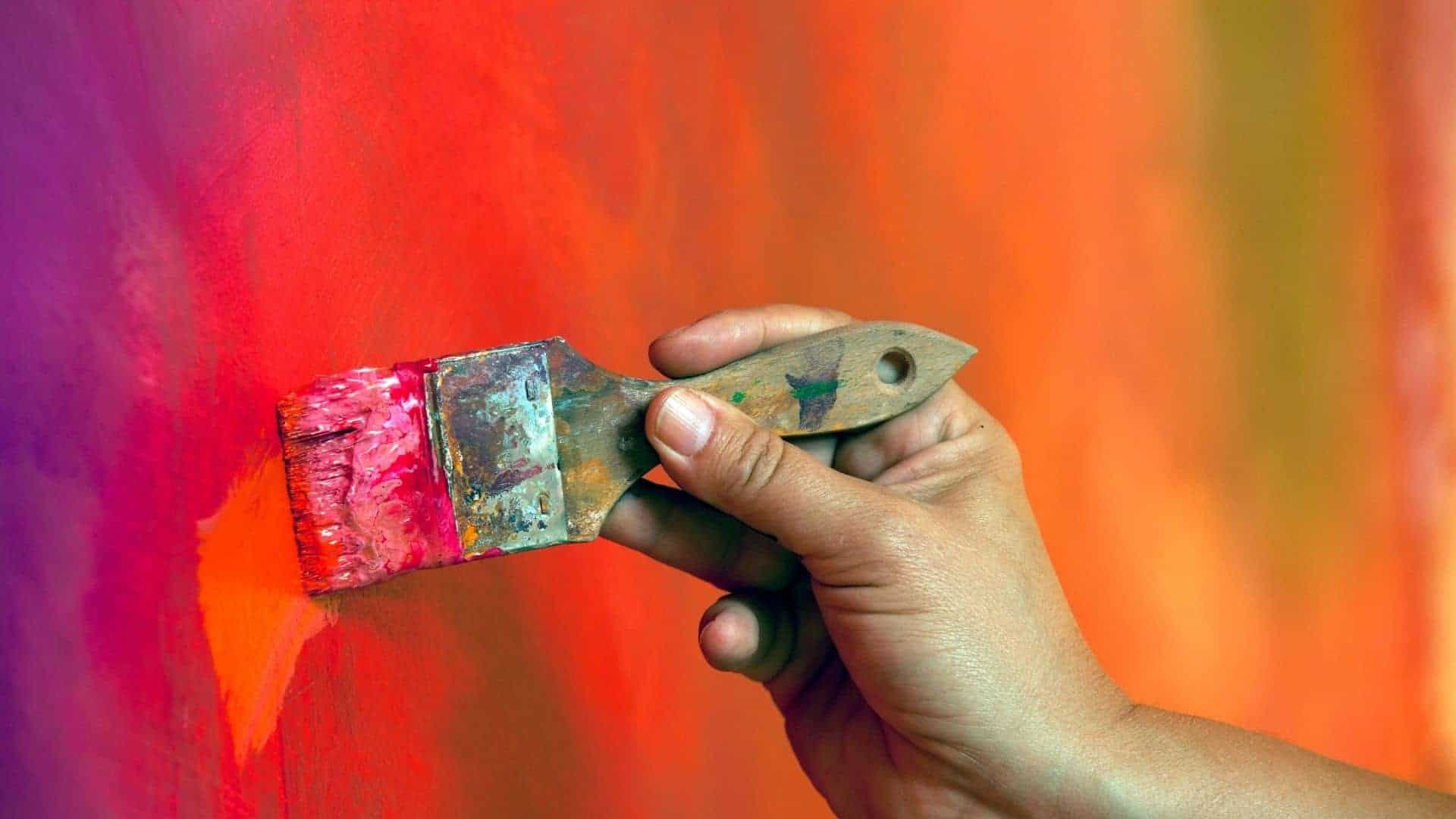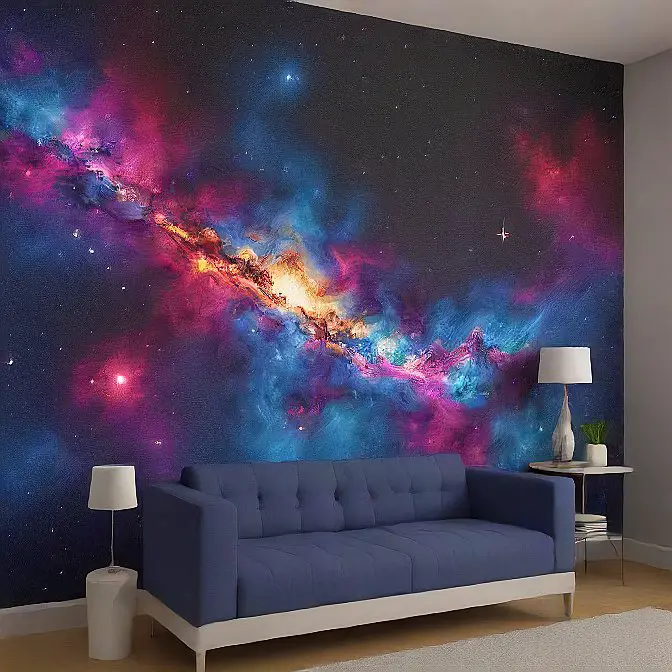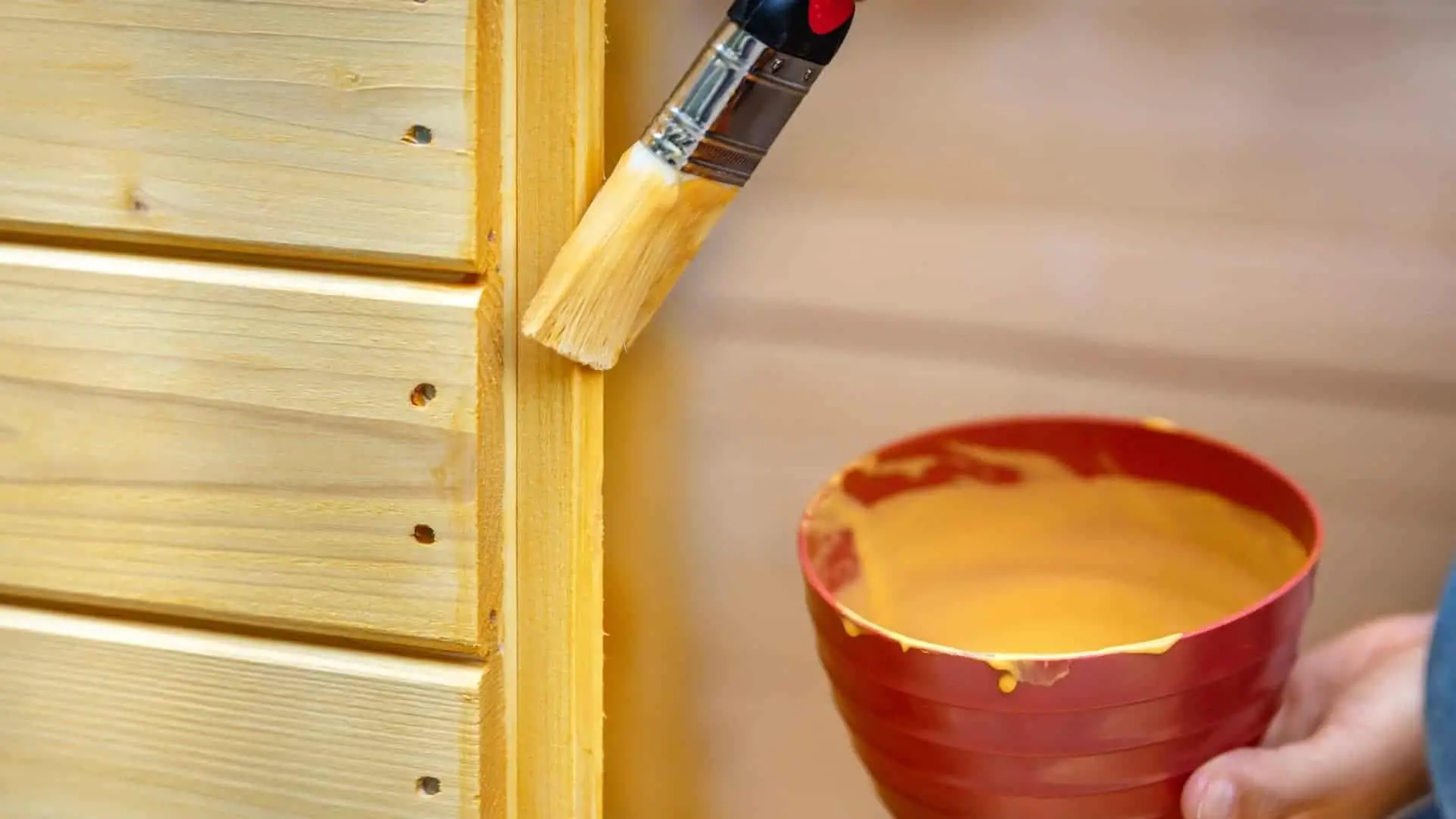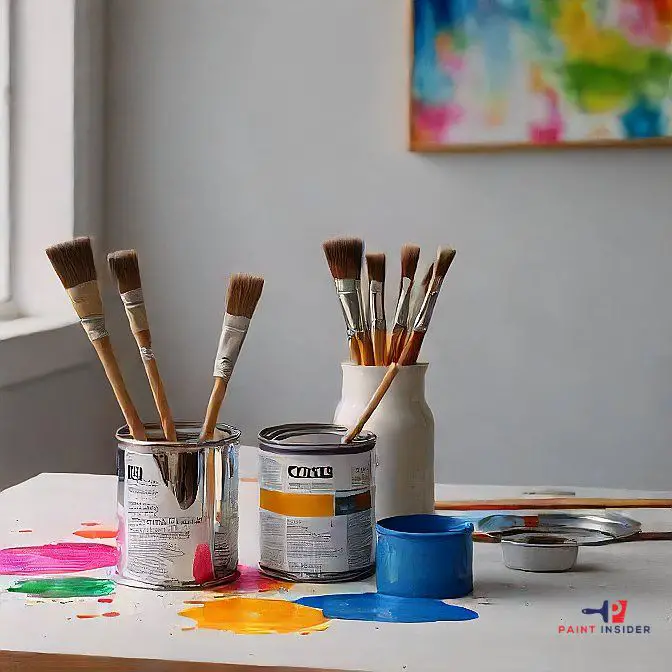If you are looking for the best paint for wood surfaces, this article might save you significantly. Keep reading for more content regarding this topic.
It isn’t easy to make a proper selection of paint from the many brands scattered all over the market. Because of this reason, we decided to give you updated information to guide you through the buying process.
This article will come in handy for your DIY painting tasks because you will be able to buy the best gold paint for wood in the market.
Who Needs This Product?
Sometimes, you may find yourself constrained in allocating funds to your various painting projects. Be that as it may, you still need to accomplish your projects in time, so you may consider hiring a professional or doing the work all by yourself.
It would be better to have all the necessary information regarding paints to make an informed buying decision. If by any chance, you want to keep yourself abreast of the best gold paint in the market, then this article is for you.
1. Rust-Oleum 253537 Metallic Accents Paint, Quart, Soft Gold
Rust-Oleum Metallic Accents is one of the top-rated paints in the market. Because this paint is water-based, you can count on it to get excellent bonding properties. Rust-Oleum 253537 Metallic Accents Paint creates a glossy, iridescent finish that interacts with light to enhance the beauty of the color. It is suitable for any project, small or big. You can apply it to most surfaces, including walls, ceilings, and furniture. It is effortless to use and dry.
Features
- Rust-Oleum 253537 gives your wood surface an elegant metallic finish.
- The pigment is pretty easy to clean when wet.
- It has excellent long-lasting properties.
- It is odorless, so you can work without any fear of intoxication.
- It dries to the touch in 30 min and covers up to 105 sq ft.
- The application procedures for this paint are not complicated.
Pros
- Rust-Oleum 253537 Metallic Accents Paint is suitable for use on most surfaces.
- It contains non-toxic elements, so it is less harmful to your health.
- Its application procedure is very easy.
- It gives your wood surface a shiny and beautiful look.
- Dries pretty quickly, so you can work seamlessly.
Cons
- Rust-Oleum 253537 Metallic Accents Paint is highly-priced.
- You may be easily affected by wear and tear.
Reason to Buy
Looking for a color that creates a shiny and beautiful look? Rust-Oleum 253537 will give you that metallic look you have been longing for. The application of this paint is pretty straightforward and you can use it on a variety of surfaces.
2. Shabby Chic Chalk Based Furniture Paint
Features
- Shabby chic chalk is safe to use.
- It is water-based Furniture paint.
- It is viscous and sticks to the painted surface easily.
- No primer is needed when using shabby chic chalk.
- It has a low odor.
- It has ultra-low volatile organic compounds.
Pros
- Shabby chic chalk produces a thick and even smooth.
- Shabby chic paint can be used for both indoor and outdoor paint works.
- Shabby Chic gives an excellent finish on your wood surface.
- Suitable for interior and exterior painting projects.
- It will save both your time and money.
Cons
The paint takes quite long to dry - The finish is dependent upon application time and wood porosity.
Reason to buy
If you are looking for paint to apply to your antique projects, Shabby Chic should be your number one choice. The paint is applicable on most surfaces, including your children’s room, bed, and other surfaces.
3. ARTEZA Craft Acrylic Paint, A701 Gold
ARTEZA Craft Acrylic Paint in A701 Gold is great for wood. Its rich color gives a luxurious shine, making any surface look special. I used it on a wooden bookshelf, and it looked amazing, the warm tones added depth and an elegant finish that surprised me for an acrylic paint.
Features
- ARTEZA Craft Acrylic Paint has Rich, Vibrant Color
- It has a Smooth Application
- It has a fast Drying Time
- It has versatile Use
- It has No Toxic Formula
Pros
- Vibrant Color
- Smooth Application
- Quick Drying Time
- Water-Based Formula
- Versatile Use
Cons
- Less Metallic Shine
Reason to buy
For crafting, the best gold paint for wood can enhance your projects. ARTEZA’s Craft Acrylic Paint in A701 Gold stands out with its bright metallic color and versatility. It’s great for updating old furniture or enhancing wooden decor, offering smooth coverage and excellent shine that surpasses many others.
4. DecoArt FBA_DM-DA071 Acrylic Paint, Gold
DecoArt FBA DM-DA071 Acrylic Paint in Gold is a great choice for wood projects. Its shiny metallic finish reflects light well, making regular surfaces look amazing. This gold paint is versatile and suitable for both beginners and experienced artists, whether you’re upcycling furniture or adding details to crafts.
Features
- Vibrant and Rich Color Payoff
- Versatile Application Options
- Easy to Use and Blend
- Quick Drying Time
- Non-Toxic Formula
Pros
- Vibrant Color
- Smooth Application
- Quick Drying Time
- Versatile Use
- Non-Toxic Formula
Cons
- Price Point
Reason to buy
DecoArt FBA DM-DA071 Acrylic Paint in Gold is a great choice for wood projects. This bright gold paint adds elegance and is very versatile. It works well for furniture, wall art, and decorative details, giving a striking finish that enhances your design without overpowering it.
5. Krylon K02770007 Fusion All-In-One Spray Paint
Krylon K02770007 Fusion All-In-One Spray Paint is an excellent choice for gold paint on wood. It sticks well to wood and gives a beautiful finish, turning simple projects into impressive ones. Its durable formula works for both indoor and outdoor use, protecting against chipping and fading, so your projects stay vibrant over time.
Features
- Versatile Application
- Superior Adhesion
- Quick-Drying Formula
- Rich Color Selection
- Excellent Durability
Pros
- Versatile Application
- No Primer Needed
- Durable Finish
- Quick Drying Time
- Wide Color Selection
Cons
- Strong Odor
- Cost Consideration
Reason to buy
Krylon K02770007 Fusion All-In-One Spray Paint is a great option for the best gold paint for wood. It has a special formula that ensures strong adhesion and a beautiful metallic finish, turning any wooden surface into a shining highlight. This spray paint is versatile, and suitable for many projects, including restoring old furniture and creating decorative items.
Top 5 Best gold paint for wood: Buying Guide
Getting to decide on the best gold paint to use on your wood surface is such a daunting task.
Things may get out of hand if you are unaware of what to look for in wood paint. Nevertheless, there is a good reason to smile because below, we present to you a well-analyzed buying guide to give you a rough idea of what to look for when shopping for the best gold paint for wood surfaces.
Factors that affect the choice of gold paint for Wood
When you decide to buy paint, you must take many factors into account. Making a wise decision when buying wood paint would go a long way to ensure you achieve the best possible results. Below, we have highlighted some of the factors to keep in mind when buying your gold paint.
Is the paint durable?
Almost all painters would opt for a paint that is long-lasting for economic and quality reasons. Be sure to go for paints that will elongate the life of your surface as this will save you time and money.
Drying time
The primary concern of every painter is to use paint that takes the shortest amount of time to dry. Fast-drying paints are perfect for giving you the best results. However, be sure to strike a balance between fast-drying paints and those that take a long time to dry if you desire to get better results.
Quantity of paint
The amount of paint needed is a crucial factor when buying paint. Your focus should be to purchase a paint that will last you throughout your painting project.
Be sure to buy a paint product that will not only sit well on your wood surface but also have the required properties. Always go for viscous paints because they cover significant areas on your surface.
In my honest view, primed paints offer the best results when compared to paints that come without a primer additive. Always be sure to make a wise selection. Be sure to stick to aerosol paints because they are pretty straightforward in terms of application.
How easy is the applicability of your paint
All painting artists will agree with me that a shoddy kind of paintwork is not the way to go. To avoid messing around with your paintwork, it would be better for you to consider buying paints with less complicated application procedures.
If you are a newbie, it would be better to stick to aerosol paints because they are pretty straightforward. Note that you require a slightly lower skill level when dealing with spray paint compared to normal painting.
Another aspect of the applicability of your paint is the toxic nature of your paint. Be sure to go for less toxic paints to shield yourself from harmful paint fumes.
The color of the paint
The last aspect of our list is the color of your preferred pigment. Gold paints are many, so it would be better to consider going for the one that will give you the results you want. Avoid any paint that will stress you in future projects.
Tips To Note
1. Be sure to examine the texture of your wood surface. The amount of paint needed is a crucial factor when buying paint. Your focus should be to purchase a paint that will last you throughout your painting project.
2. Always ensure you do a thorough preparation of your wood surface for better results.
3. Be sure to remove any form of dirt and debris through washing and sanding.
4. Use a suitable sealing substance to conceal cracks and scratches on the surface of your wood.
5. Be sure to use a suitable primer before you begin your paintwork.
6. Always do a one-direction stroke when you are applying paint on your wood for an even finish.
7. Be sure to strike a balance between fast-drying paints and those that take a long time to dry if you desire to get better results.
8. Gold paints are many, so it would be better to consider going for the one that will give you the results you want. Be sure to avoid any future regrets associated with wrong decisions at the point of purchase. Note that you require a slightly lower skill level when dealing with spray paint compared to normal painting.
9. The most essential consideration before you embark on your painting escapades should be the quality of the paint you will use.
10. Be sure to choose the best paint if your primary aim is to achieve satisfactory results.
Conclusion
Regardless of your project, an essential consideration before you embark on your painting escapades should be the quality of the paint you will use.
A few projects will be a walk in the park, but when we talk about projects involving metallic paints, that is a different story. Be sure to choose the best color if you intend to get excellent results.
The gold color is universal when it comes to do-it-yourself paintwork. With that in mind, shabby chic chalk-based furniture paint will give you the best finish on your wood projects. Happy painting!

